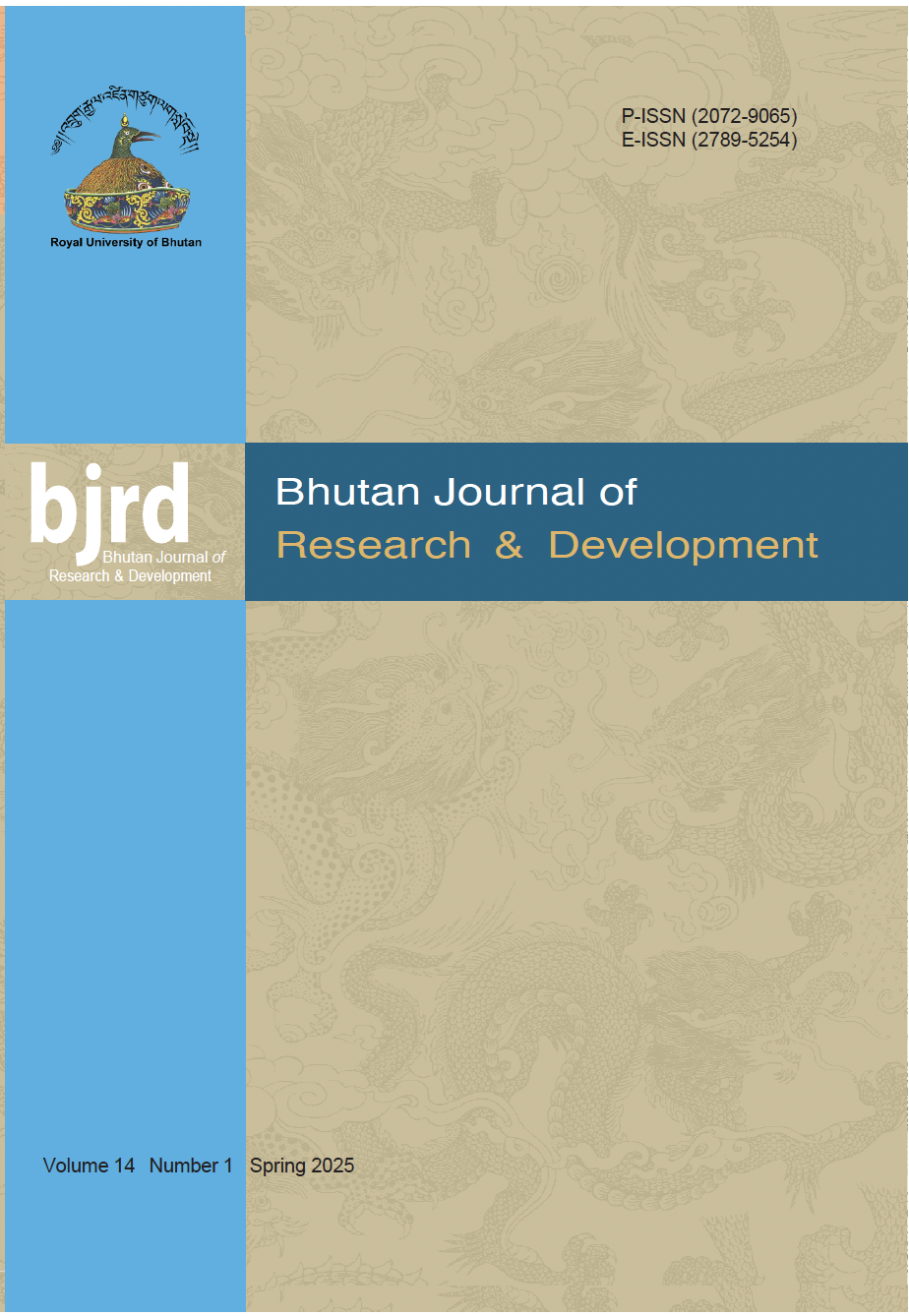Perceptions of Academics on the Potential Infusion of Educating for Gross National Happiness with Biggs’ Constructive Alignment in Bhutanese Higher Education Institutions
DOI:
https://doi.org/10.17102/bjrd.rub.14.1.001Keywords:
Educating for Gross National Happiness, Constructive Alignment, Middle path, teaching, and learning practicesAbstract
Using a qualitative research design, this study explores perceptions of academics in the Bhutanese higher education institutions regarding the infusion of Bhutanese and Western educational epistemologies. Specifically, it examines their views on infusing Educating for Gross National Happiness (EdGNH) values and principles into higher education classroom practices using Biggs’ Constructive Alignment (CA) model. The significance of a constructively aligned curriculum is well understood in higher education. With increasing interest in well-being in education, this study provides insights into the infusion, challenges, and opportunities. Data were collected through in-depth interviews with 24 academics and an analysis of modules and lesson plans. The findings imply that infusing CA with EdGNH can facilitate a conceptual shift in teaching, from an input model (transmission/teacher-centred) to a learning-outcomes approach with students responsible for their learning. Based on these findings, it is recommended that Bhutanese higher education institutions consider adopting this infusion to promote a Bhutanese indigenous ‘middle path’ pedagogy.
Downloads
Published
How to Cite
Issue
Section
License
Copyright (c) 2025 Deki C Gyamtso

This work is licensed under a Creative Commons Attribution 4.0 International License.
All articles published in BJRD are registered under Creative Commons Attribution 4.0 International License unless otherwise mentioned. BJRD allows unrestricted use of articles in any medium, reproduction and distribution by providing adequate credit to the authors and the source of publication.



